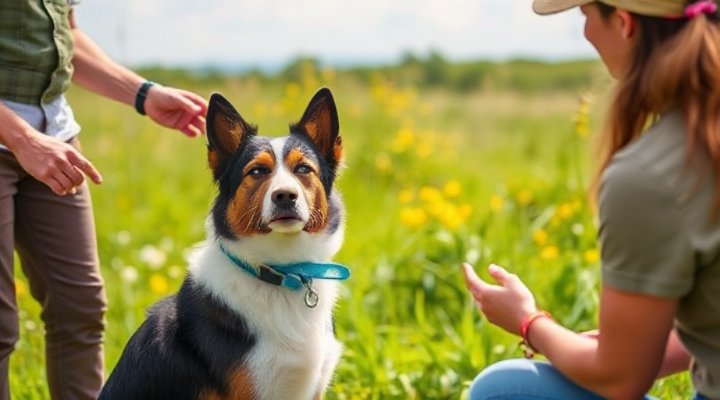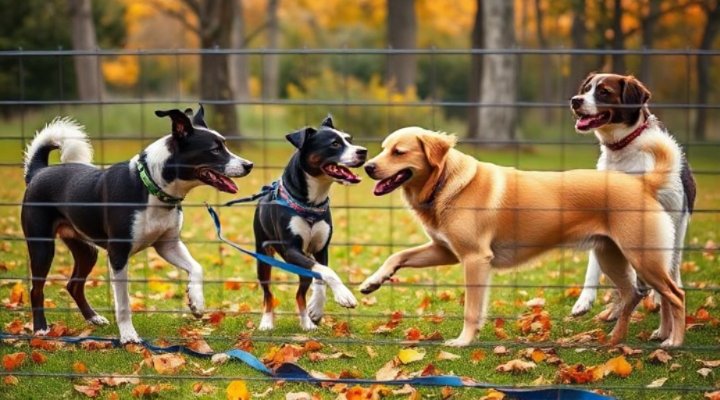Off leash dog training is more than just removing the leash—it’s about building trust, communication, and reliability between you and your furry friend. Whether you’re dreaming of peaceful walks without tangled leashes or safe adventures in open spaces, proper training is essential.

Why Off Leash Training Matters for Your Dog
Freedom is wonderful, but safety comes first. Off leash dog training allows your pet to explore while ensuring they respond to commands in any situation. Moreover, it strengthens your bond and provides mental stimulation that leash walks alone can’t offer.
For example, my neighbor’s Labrador, Max, transformed from a puller to a perfectly behaved off leash companion after consistent training. Now they enjoy beach runs where Max stays close but revels in his freedom.

Essential Commands for Off Leash Success
Before unleashing the leash (literally), master these crucial commands:
- Reliable Recall: Teach your dog to come when called, regardless of distractions. Start in low-distraction areas like your backyard before progressing to parks.
- Solid Stay: A dog that stays put prevents dangerous situations. Practice with increasing duration and distance.
- Leave It: Vital for avoiding hazards like food scraps or wildlife during off leash adventures.
Remember, as highlighted in our leash training guide, foundation skills transfer beautifully to off leash work.

Step-by-Step Off Leash Training Process
Transitioning to off leash freedom requires patience:
- Master On-Leash Obedience: Ensure flawless response to commands while leashed.
- Introduce a Long Line: A 15-30 foot training leash provides safety while simulating freedom.
- Practice in Secure Areas: Begin in fenced spaces like dog parks during quiet hours.
- Gradually Increase Freedom: Only remove the leash completely when you’re confident in your dog’s responsiveness.
Consistency is key—short, daily sessions outperform marathon weekend trainings.

Troubleshooting Common Off Leash Challenges
Even well-trained dogs face distractions. Here’s how to handle common issues:
- Ignoring Commands: Return to basics with higher-value rewards. Sometimes a mental refresh helps.
- Chasing Instincts: For prey-driven breeds, practice ‘leave it’ with moving objects.
- Overexcitement: Burn energy first with fetch or trick training before off leash sessions.
Every dog learns differently—what works for a Border Collie might not suit a Beagle. Tailor your approach accordingly.

Safety First: When to Keep the Leash On
While off leash training offers wonderful benefits, some situations demand caution:
- Near roads or unsafe terrain
- Around unfamiliar dogs or people
- During wildlife mating or nesting seasons
- If local laws require leashes
Remember, responsible off leash training means knowing when restraint is wisest.
Advanced Off Leash Skills to Explore
Once basics are solid, consider these fun extensions:
- Distance commands (responding from 50+ yards)
- Silent hand signals for quiet environments
- Off leash heel for crowded areas
- Combination tricks like ‘go to place’ from afar
These not only impress at the dog park but deepen your communication. My cousin’s Corgi now fetches specific toys by name—off leash!
Related Keywords: off leash obedience, dog recall training, safe off leash areas, training treats for dogs, dog behavior without leash, long line dog training, reliable dog commands, outdoor dog training
